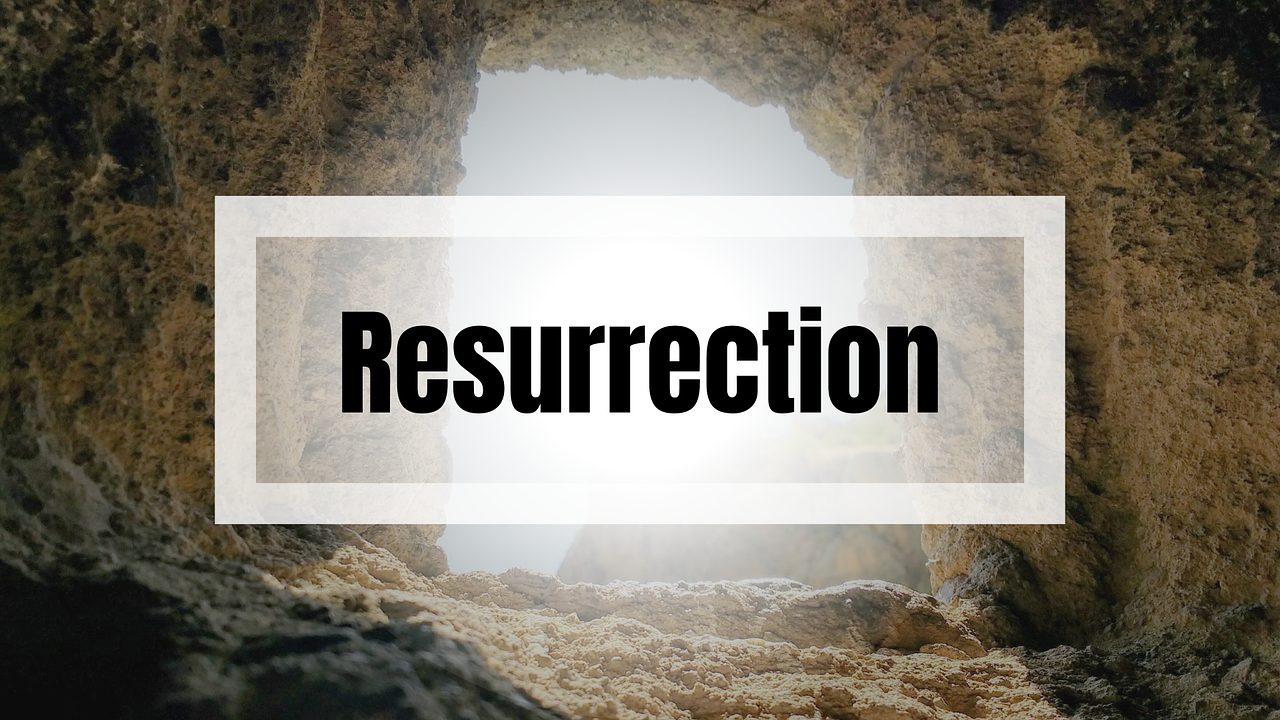By Andy Nash … Years ago, news anchor Tom Brokaw was asked, “If you could interview any figure in history, who would it be?”
Brokaw replied, “Jesus of Nazareth, for all the obvious reasons.”
Sometimes we might take for granted that Jesus of Nazareth isn’t just the most influential Jewish person who ever lived; Jesus is most influential person who ever lived.
That Jesus was crucified also finds near-universal agreement. Agnostic Bart Erhman calls Jesus’ crucifixion an undisputable fact, while liberal scholar Jean Dominic Crossan says, “That he was crucified is as sure as anything historical ever can be.”
But it’s not only modern scholars that accept that a man named Jesus of Nazareth lived and taught in Galilee and then was condemned and crucified in a rock quarry outside the gates of Jerusalem.
Early evidence for the Roman crucifixion of Jesus is found not only in the four extraordinary documents we know as the gospels, but in Jewish and Roman sources as well.
The Roman historian Tacitus wrote of a group called Christians whose founder “Christus, from whom the name had its origin, suffered the extreme penalty during the reign of Tiberius at the hands of one of our procurators, Pontius Pilatus” (Annals, Book 15, Chapter 44).
Notice that Tacitus mentions Pontius Pilate, one of Rome’s many governors. For centuries there was no archaeological evidence for the existence of Pontius Pilate until 1961 when excavators at Caesarea found a piece of limestone with an inscription bearing the name of Pontius Pilate.
So, the truth of the crucifixion of Jesus at order of Pontius Pilate isn’t the hard part for people. The hard part—the stumbling block—is the resurrection: the idea that Jesus of Nazareth, who was dead on a Friday afternoon, became alive again on a Sunday morning—that to this today there’s a tomb in Jerusalem that once contained the body of Jesus . . . and then suddenly could not.
It’s the belief not only in the cross but in the empty tomb—and a risen Jesus—that sets apart Christians from everyone else.
“If Christ has not been raised,” wrote the former Pharisee Paul, “our preaching is useless and so is your faith. . . . If only for this life we have hope in Christ, we are to be pitied more than all men” (1 Cor. 15:13).
When we come to the resurrection of Jesus, there are two options. The first option is to view this story as sentimental propaganda written by a few lonely followers of Jesus somehow trying to keep him alive. The second option is to take the resurrection story literally—as an authentic account of something extraordinary that happened.
Using Women as Witnesses
If you were concocting a fake story of the resurrection of Jesus, there are two things you wouldn’t do.
First, you wouldn’t use women as witnesses. In first-century culture, a woman’s testimony was not considered reliable. To use Mary Magdalene and other women as primary witnesses, as all the gospels do, wouldn’t have made any sense from a credibility standpoint.
The only reason anyone would use women as witnesses is . . . if they really were. Modern scholars call this the criterion of embarrassment. It actually lends tremendous credibility to the resurrection story for the writer to tell what really happened—that women were the first witnesses and proclaimers of the gospel—even if this were less convincing to the original audience.
Getting Your Story Straight
Second, if the resurrection story was only propaganda, you wouldn’t have differences in your accounts. You’d get your story straight. Critics have pointed out the following variants in the four gospel accounts.
Matthew: 1 angel; 2 women; women cling to Jesus
Mark: 1 angel; 3 women
Luke: 2 angels; 5+ women
John: 2 angels; 1 woman; Jesus tells Mary, “Don’t cling”
In Matthew and Mark, only one angel is mentioned at the tomb. In Luke and John, there are two angels. In the gospel of John, Mary Magdalene is the only woman at the tomb. In the other gospels, there’s a group of women. What to do with all these differences?
A friend of mine, college professor Chris Blake, once had something interesting happen during one of his classes. The department secretary, Jana, walked in with some photocopies Chris had requested. As she handed the copies to Chris, they accidentally dropped to the floor.
“I’ll get them,” Chris said.
“No,” replied Jana, “I’ll get them. I do everything else around here.”
The awkward exchange between professor and secretary continued—all in front of the stunned students. Finally, the secretary stormed out of the classroom, and Chris turned toward his class.
“Okay,” he said, “I want you to write down exactly what happened here: what we said, what Jana was wearing, the exact sequence of events and dialog.”
Chris had set up the whole thing ahead of time.
Incredibly, as the students wrote down what happened just seconds earlier, every account was a little different. I’ve done this same experiment in my own classes; no two accounts have ever been the same.
So the apparent differences in perspectives of the resurrection may add credibility. After all, if someone saw only one angel, it doesn’t mean there weren’t two angels. And just because Mary was mentioned specifically doesn’t mean there weren’t also other women.
In fact, when put together into a single portrait, the supposed differences in the resurrection accounts actually complement each other.
I love how Ellen White, in her classic work The Desire of Ages, reconciles the different resurrection accounts so beautifully.
Sit back and take in the resurrection story again—for the first time. Read Ellen G. White, The Desire of Ages, pp. 788-793.
–Andy Nash is lead pastor at Littleton Adventist church and author who leads a study tour to Israel each summer. Contact him at [email protected]




